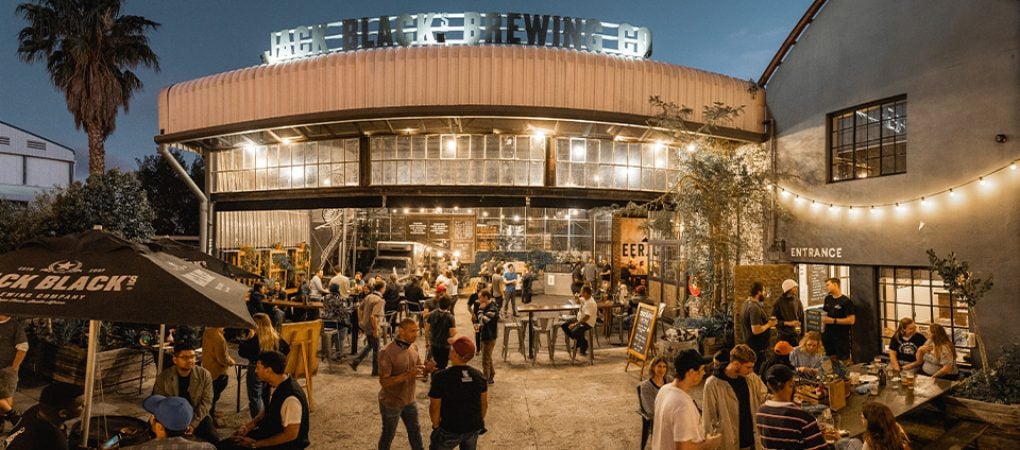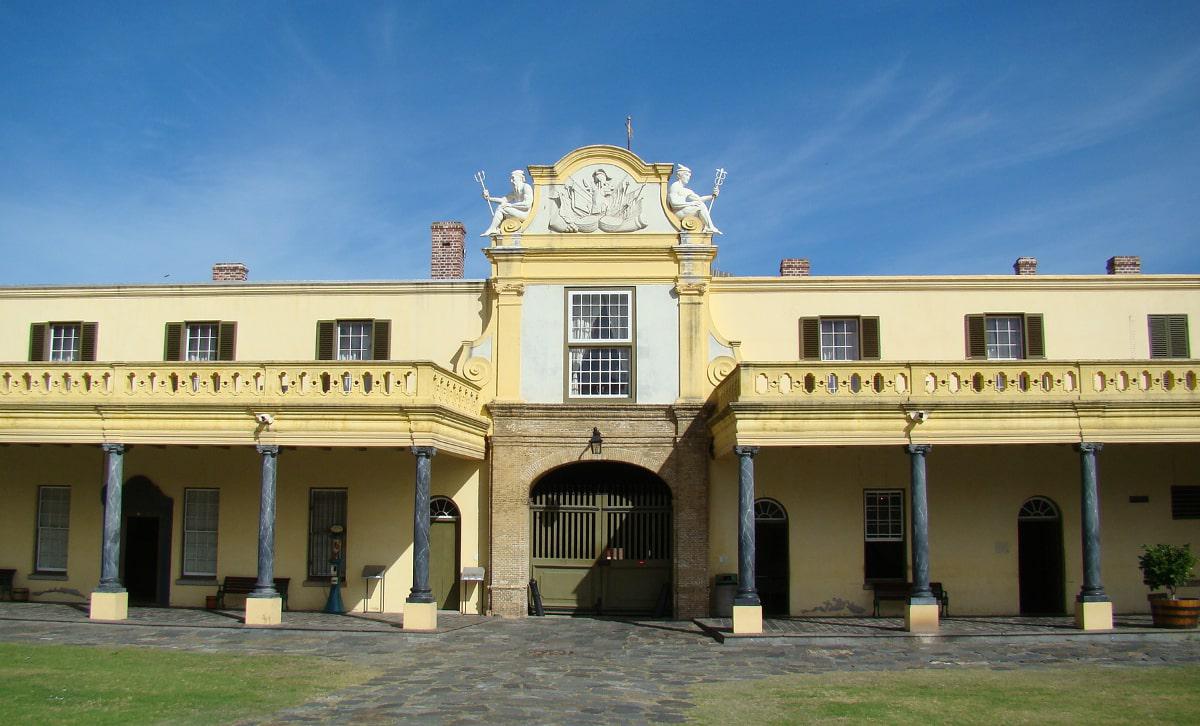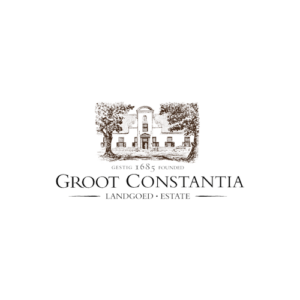A Cape Town landmark, the Castle of Good Hope, is a prime example of a “star fort”. Built between 1666 and 1679 by the Dutch East India Company, it’s the oldest existing colonial building in South Africa. Its position marks the original shoreline before years of land reclamation changed the Table Bay coastline.

Here are some facts you probably didn’t know about the city’s oldest building:
- The first stone was laid on 2 January 1666 and it was completed by April 1679
- The materials used to build the Castle were local and included rock cut from the granite outcrop on Signal Hill, and blue slate and shells – transported from Robben Island
- The Castle was built by soldiers, volunteers, slaves and Khoi undergoing punishment. The building housed everything from a church, bakery and living quarters, to various workshops, shops and prison cells, among other facilities
- The Castle was never attacked. Battles against the British were fought at Muizenberg in 1795 and Blaauwberg in 1806
- In 1936 the Castle of Good Hope was declared a national monument
And some lesser-known things with which to impress your dinner guests…
- The Castle of Good Hope was not built by Jan Van Riebeeck. A four-pointed clay and timber fort was the first building to be erected in his time, and it was his suggestion that this be replaced by a more permanent structure that could withstand the elements and possible attacks. The existing stone “star fort” was built four years after Jan van Riebeeck left the Cape
- The Castle of Good Hope was referred to as “Kui keip” (Stone Kraal) by the Khoi and sometimes “Citadel” by Dutch settlers
- Yellow paint was originally chosen for the walls because it reduced the effects of the hot African sun
On a visit to the Castle today you can expect to pay R50 entry for adults, and R25 for pensioners and children under the age of 16. You can even see a blacksmith in action – just as he would have operated during the 17th and 18th centuries when castles housed their own forges.
General Information
Opening times are 09:00 – 17:00
Last ticket sale is at 16:45
Key Ceremony runs Monday to Friday; Cannon Firing does not take place on a Sunday. These ceremonies are weather dependent.
The Castle is open 363 days in a year – closed on Christmas Day and New Year’s Day.



















































